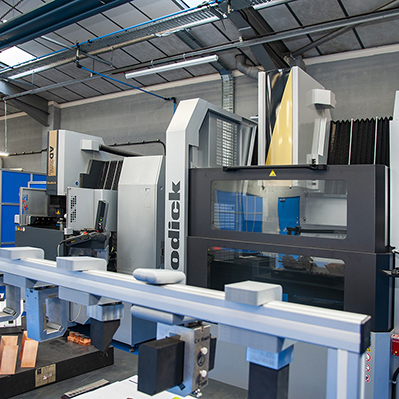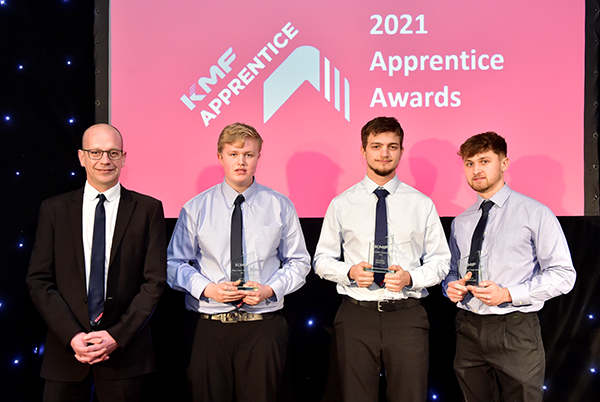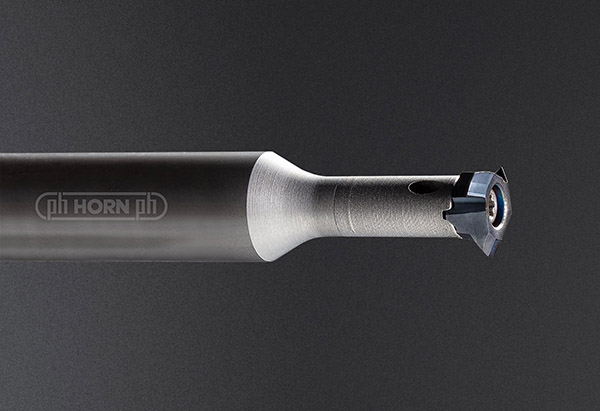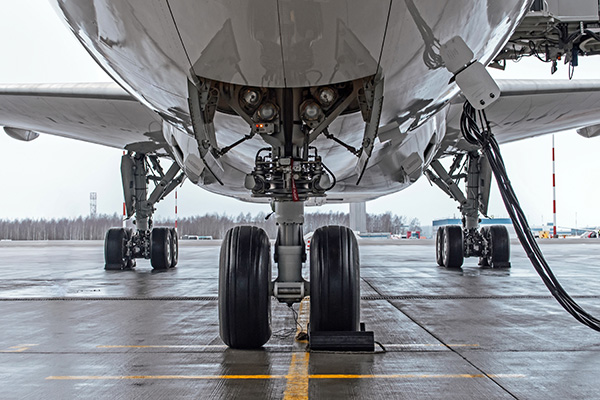
Business, academic and political leaders in the West Midlands have teamed up in a bid to bring the Government’s new Advanced Research and Invention Agency (ARIA) to Birmingham. The new agency will help to cement the UK’s position as a global scientific superpower, while shaping the country’s efforts to build back better through innovation.
Regional leaders, including the Mayor of the West Midlands Andy Street, and Dr Clive Hickman, chief executive of the Manufacturing Technology Centre, alongside academic leaders, are calling for the agency to be headquartered at Old Curzon Street Station in Birmingham. Old Curzon Street Station, now the hub of HS2 in the city, was once home to the historic Lunar Society of Birmingham, which helped shape Britain’s scientific, political and social agenda throughout the 18th century.
For further information
www.the-mtc.org























